Infor Birst is an enterprise BI solution that uses interwoven virtualized business intelligence instances that sit on top of a shared common analytical fabric. It can connect the whole of your company by giving rapid insight in a self service BI model so it can meet the needs of business workers who require complex data at a fast paste. It also meets stringent corporate data standards through its security, scale and control. It has a low total costs of ownership and can be implemented either on a public cloud or a private cloud. Infor Birst uses patented machine learning technology and advanced algorithms to speed up the pace at which businesses can discover insights. Its networked analytics capabilities allow you to connect both centralized and decentralized teams to analytics that they can access on a self-service basis but in a managed environment. The solution analytics such as visual data discovery, interactive dashboards, reporting, and mobile.
Pricing
SW Score Breakdown
Platforms Supported
Organization Types Supported
API Support
Modes of Support
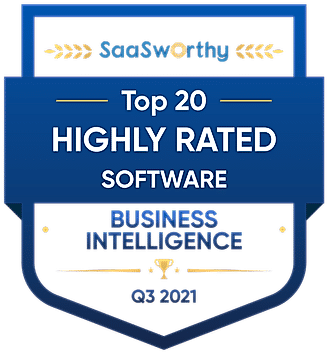
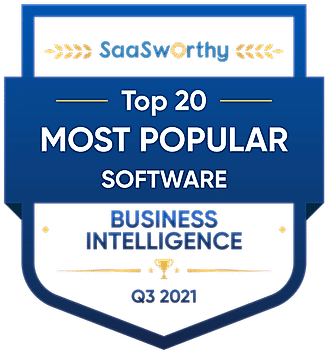
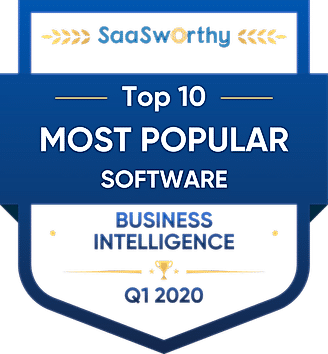
Trend Indicators
Helps you in understanding the present situation and where your business is heading so that you can make decisions accordingly.Profitability Analysis
Forecasting the profitability of any particular proposal or optimizing the profitability of an existing projectData Analysis
Helps in analyzing stored raw data and converting them into useful reportsBenchmarking
Setting up standards and targets for your team and team members, so that they are performing at their bestAd hoc Reports
Creates impromptu reports as and when the occasion requiresAd hoc Query
Helps in answering a query as and when it arisesAd hoc Analysis
A statistical model, analytical report or any other type of data summary particularly designed to answer a single, specific business question.Free Trial
Available
Pricing Options
Premium Plans ( Quotation Based )
Pricing Plans
Birst Custom
Features
Learn more about Infor Birst Pricing.
89% SW Score The SW Score ranks the products within a particular category on a variety of parameters, to provide a definite ranking system. Read more

92% SW Score The SW Score ranks the products within a particular category on a variety of parameters, to provide a definite ranking system. Read more

91% SW Score The SW Score ranks the products within a particular category on a variety of parameters, to provide a definite ranking system. Read more

85% SW Score The SW Score ranks the products within a particular category on a variety of parameters, to provide a definite ranking system. Read more
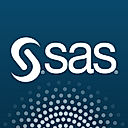
83% SW Score The SW Score ranks the products within a particular category on a variety of parameters, to provide a definite ranking system. Read more
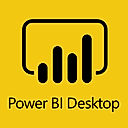
91% SW Score The SW Score ranks the products within a particular category on a variety of parameters, to provide a definite ranking system. Read more
90% SW Score The SW Score ranks the products within a particular category on a variety of parameters, to provide a definite ranking system. Read more

87% SW Score The SW Score ranks the products within a particular category on a variety of parameters, to provide a definite ranking system. Read more
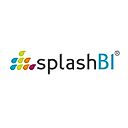
92% SW Score The SW Score ranks the products within a particular category on a variety of parameters, to provide a definite ranking system. Read more

98% SW Score The SW Score ranks the products within a particular category on a variety of parameters, to provide a definite ranking system. Read more

Birst Embedded An...

Birst 7 Business ...

Modern data archi...

Networked BI scre...

Adaptive user int...
What is Infor Birst used for?
Infor Birst is Business Intelligence Software. Infor Birst offers the following functionalities:
Learn more about Infor Birst features.
What are the top alternatives for Infor Birst?
Does Infor Birst provide API?
Yes, Infor Birst provides API.
Vendor Details
San Francisco, California Founded : 2017Contact Details
866-940-1496
https://www.birst.com/
Social Media Handles













This research is curated from diverse authoritative sources; feel free to share your feedback at feedback@saasworthy.com

Looking for the right SaaS
We can help you choose the best SaaS for your specific requirements. Our in-house experts will assist you with their hand-picked recommendations.

Want more customers?
Our experts will research about your product and list it on SaaSworthy for FREE.